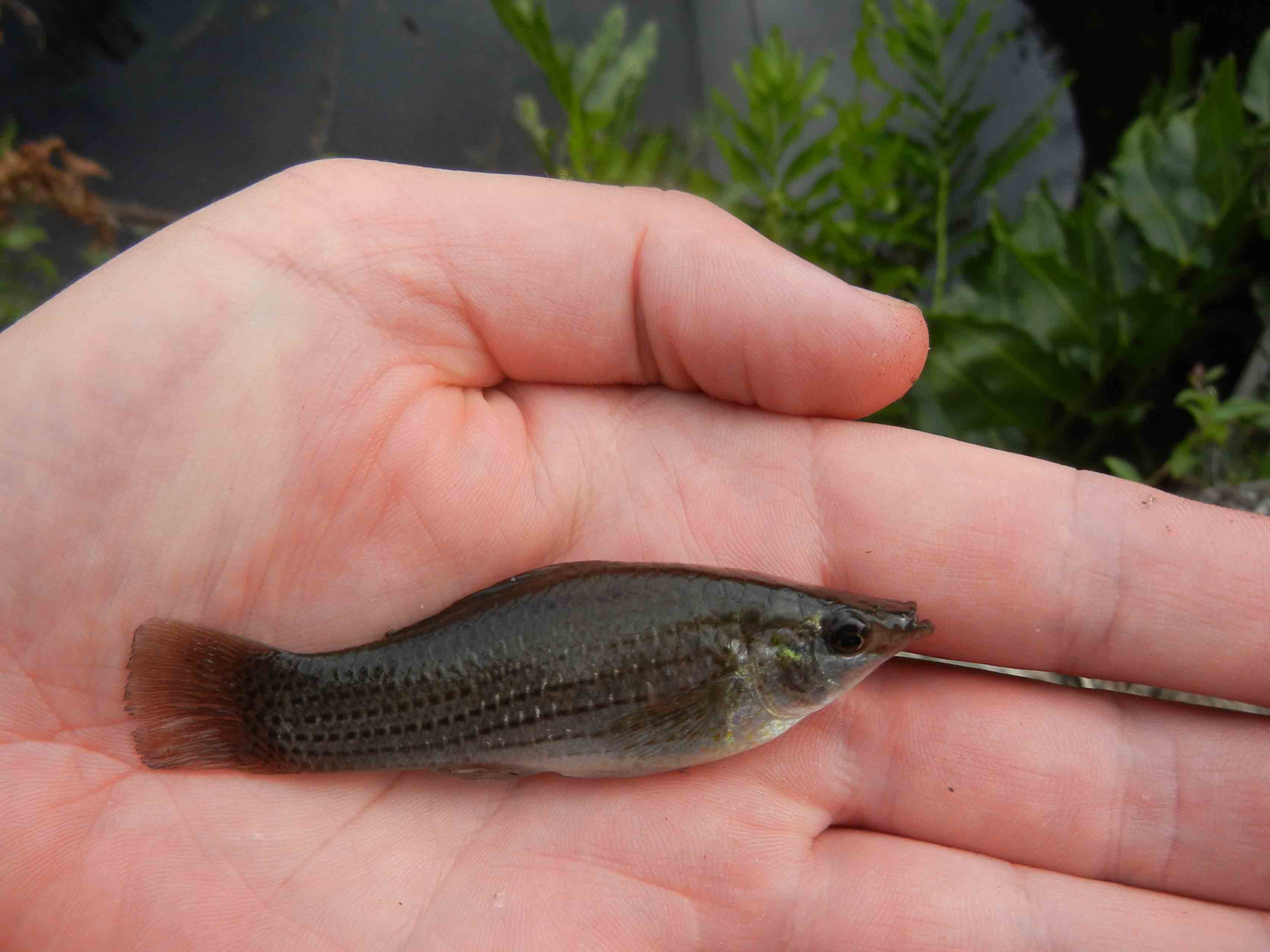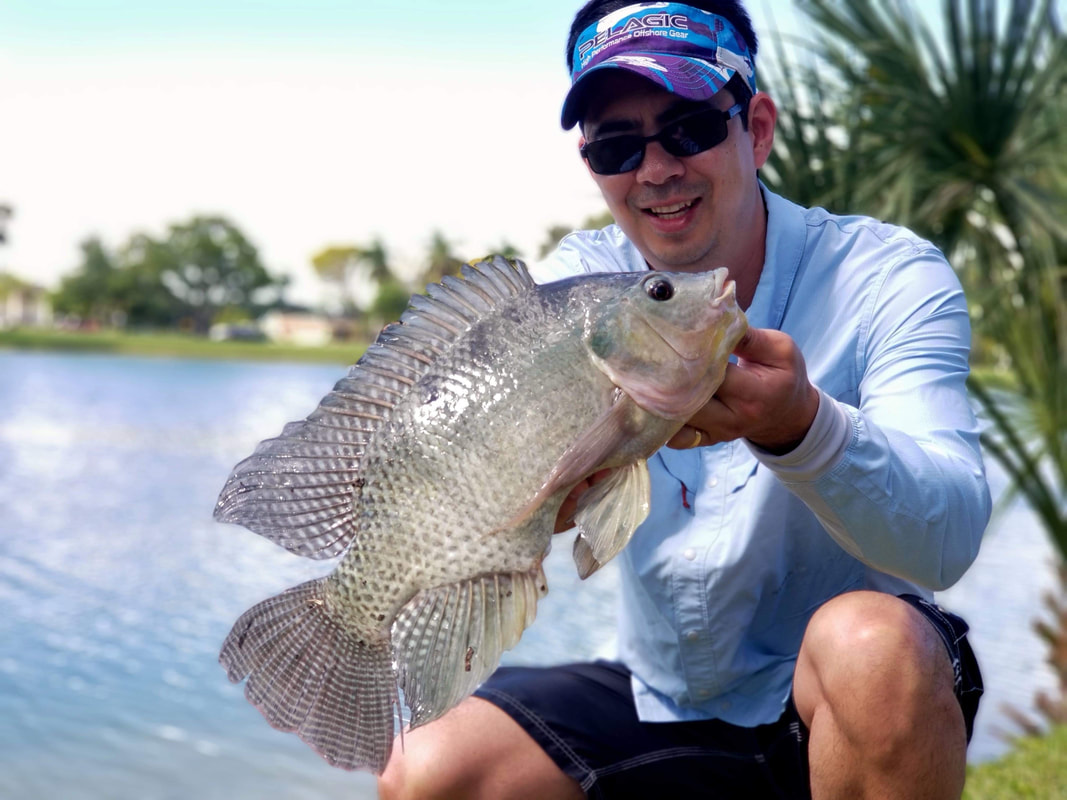
If GPS coordinates were obtained, the latitude and longitude in decimal degrees were entered into the corresponding fields in the WATERBDY table. Field notes and maps were used to determine sampling locations. Each waterbody that had sample information was identified. dbf files were EF_SAMPL, EF_DATA, BN_SAMPL, BN_DATA, FISHLIST, AND WATERBDY. The database consisted of several files that were linked by a common field. Upon choosing the correct waterbody for data entry, sample information was entered and then the program asked for the file name from where the data were to be retrieved and the data were automatically entered into the database. The program used for the data entry was opened. The file was then given a new file name and saved as a. When data were properly organized, sample information was written down which included information such as month, year, date, pedal time or net area, vegetative info, and comments for example. Data manipulations included ensuring total lengths were in cm units, and individual weights were given in grams. Each waterbody was given a unique numbered FCODE, and individual fish species were given a unique four-lettered FISHCODE.

The data were manipulated with the following headers in the fisheries database to relate to the database input format (the following are field names in original FLA_FISHES.mdb database): FCODE FISHCODE NO TL_CM TL_MM SL_MM WT_GR CALC_WT MARKED REMOVED. The data were then copied to the main computer containing the fisheries database. Data from the field offices were copied onto 3.5" diskettes and labeled. Electrofishing and block net gears were the only data obtained for lakes and reservoirs, although other gears were obtained for river and stream data. Data collected in the 1990-2000 period were generally electronically available, whereas, data prior to 1990 were generally available through hard copies. The priority were data from 1990 to 2000, however, all data prior to this period were also obtained if possible. Original compilation of the FLA_FISHES database by Florida Fish and Wildlife Conservation Commission staff:ĭata that contained all species samples were obtained from the Florida Fish and Wildlife Conservation Commission (FWC) field offices. Often marked fish were introduced into the sampling area for purposes of measuring sampling efficiency. Fish were identified and weighed, with the second and third day fish weights extrapolated due to decomposition. For rotenone sampling, rotenone was introduced into the sampling area and fish are collected every day for a period of three days. Nets covering usually 0.25 acres, or in some cases up to one acre, were set at sites along the lakeshore or within the river/stream. Fish were identified, weighed, measured, and some preserved for separate otolith analysis at the end of each transect. Boat mounted electrofishing was conducted in three ten minute transects for a total of 30 minutes of pedal time. At the end of the three hundred meter reaches, fish were identified and released or preserved. Backpack electrofishing was conducted in three consecutive 100 meter reaches of the streams for a total of 300 meter sampling reach. Boat mounted electrofishing was conducted in the rivers and lakes. Collection location coordinates were based upon limited global positioning system (GPS) information, written information, the use of digital orthophoto quadrangles, digital raster graphic maps, and ArcView programs to obtain an estimated latitude and longitude for each fish collection site.īackpack electrofishing was conducted in wadable streams. These data were compiled into a comprehensive and standardized fisheries database for the Florida Fish and Wildlife Conservation Commission from various data programs and paper files. These data are the results of data collection/processing by the Florida Fish and Wildlife Conservation Commission for many federally funded fisheries projects. The dataset was developed to identify and map freshwater species occurrences throughout Florida. This dataset consists of fisheries collection information from the Florida Fish and Wildlife Conservation Commission's Division of Fisheries regional and field offices.

Florida Fish and Wildlife Conservation Commission - Freshwater Fishes of Florida - 1956-2000. Till next time tight lines and good fishing….Florida Fish and Wildlife Conservation Commission - Freshwater Fishes of Florida - 1956-2000 It should be noted that these are hook and line fishing records only and do not include other records that may have been set by snagging, spearing, trolling, or netting. The fishing capital of the world, these records include all freshwater species for which records are currently kept by the Florida Fish and Wildlife Conservation Commission. See the list below for Florida freshwater fishing records for the entire state of Florida.


 0 kommentar(er)
0 kommentar(er)
